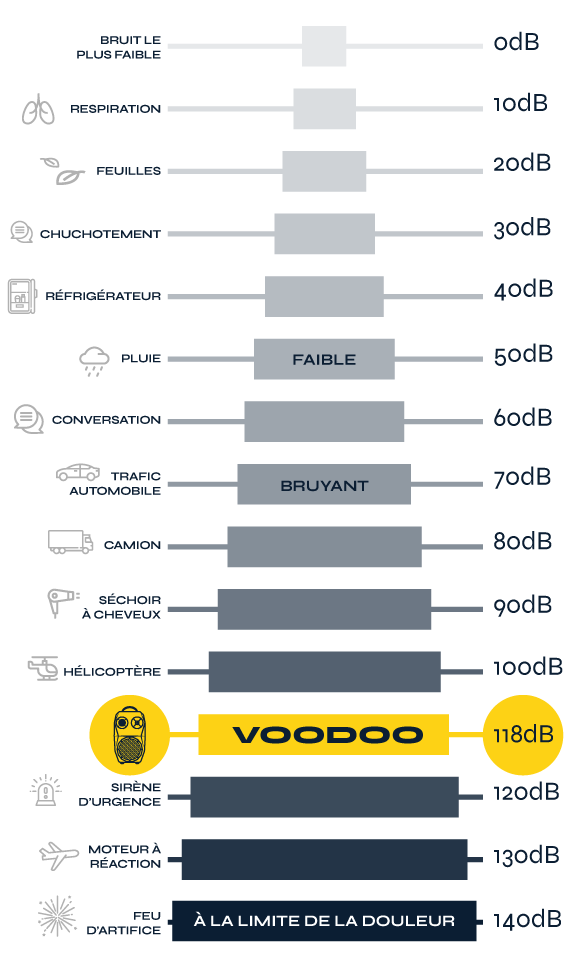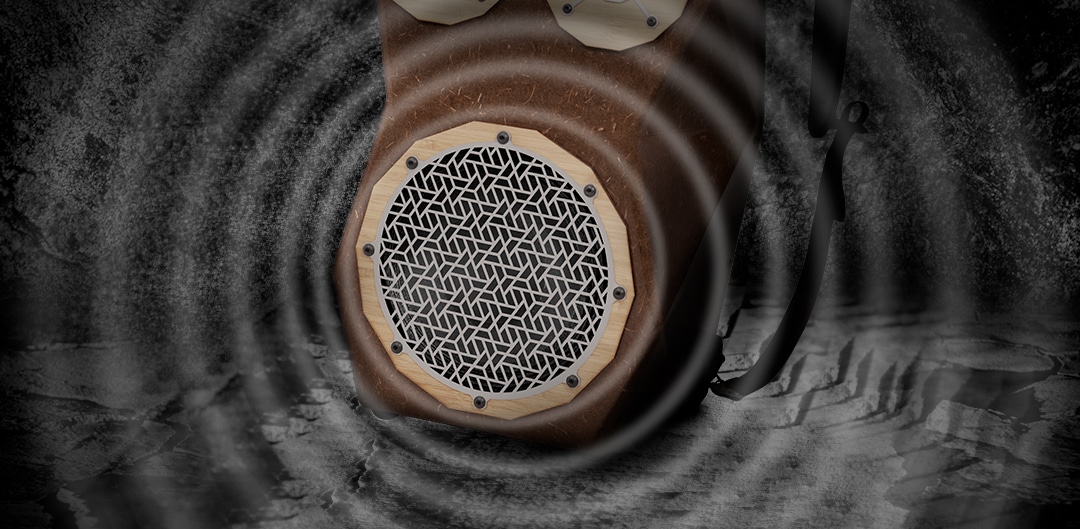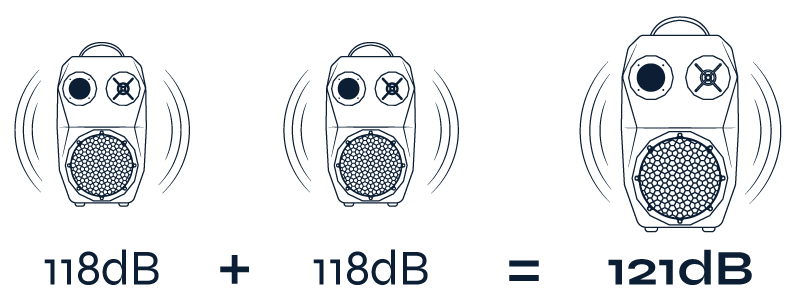READING TIME: 3 MIN
We're going to talk about sound levels, a subject that concerns us all every day. So it's important to know what we're talking about, especially when it comes to understanding the technical specifications of a loudspeaker. Power is a key selection criterion that many manufacturers play on, as there are different ways of talking about it, more or less honest, without it really being explained... Sound level is the most representative way of finding out what a loudspeaker has in its belly!
So many questions arise, but we have to start at the beginning 😉 What is sound level?
Then there's the question of how to add up sound levels.
And finally, the long-awaited question: HOW MANY DECIBELS FOR THE VOODOO+nomad power speaker?!
The sound level may be more commonly referred to as the noise level, although this term is not very flattering for loudspeakers! This level is expressed in decibels (dB), a unit defining the power ratio between sound pressure (amplitude of the variation in air pressure on the eardrum due to sound) and a reference value corresponding to imperceptible sound.
There are several types of dB, used to measure loudness levels. We'll settle for the one we use to specify the sound level of our loudspeakers: dB SPL, which stands for "decibel Sound Pressure Level". The decibel sound pressure level (dB SPL) takes as its reference level the smallest sound pressure level perceptible to the human ear. The smallest sound audible to the human ear is typically 0 dB SPL (threshold of hearing). In practice, "dB" is often used for "dB SPL".
The decibel scale starts at 0 dB, corresponding to the threshold of hearing, and stops at 140 dB at the threshold of pain, which we wouldn't wish on anyone. So watch out for your ears when the sound gets too loud!

To know whether a speaker will make you dance the way you want, it's better to look at dB rather than Watts, which can be misleading. For example, a 100W speaker may produce less dB than a 70W speaker! dBs are therefore more representative of reality, and can easily be visualized on a representative scale!
It's also important to know that the loudness level depends on the distance: if the sound is not reflected or diffracted, the loudness level loses 6 dB each time the distance is doubled. Loudspeakers are generally measured at a distance of 1 meter, as is the case for the VOODOO+stand-alone loudspeaker.
Note: for fans of concerts and high-volume music, sound level is not the only thing that determines whether a noise is dangerous, the duration of exposure is also very important!
The next question concerns the addition of sound levels. If I put two VOODOO+ speakers in True Wireless Soundthey play the same music, but is the result twice as loud?
The answer is not so simple!
Decibels don't add up like decimal numbers. The decibel scale is logarithmic, which means that a 3dB increase in sound level already represents a doubling of loudness. On the other hand, when two noises of very different levels (≥10dB) are added together, the louder noise masks the quieter one.
Given that the sound level of a single VOODOO+ loudspeaker at full volume is 118 dB SPL, the decibel level for two VOODOO+ connected together would be 121 dB SPL. The sound level is 3 dB higher, but the intensity is doubled!
The advantage of adding two VOODOO+ is also the distribution of sound in the space to increase the size of the dancefloor! 😉


